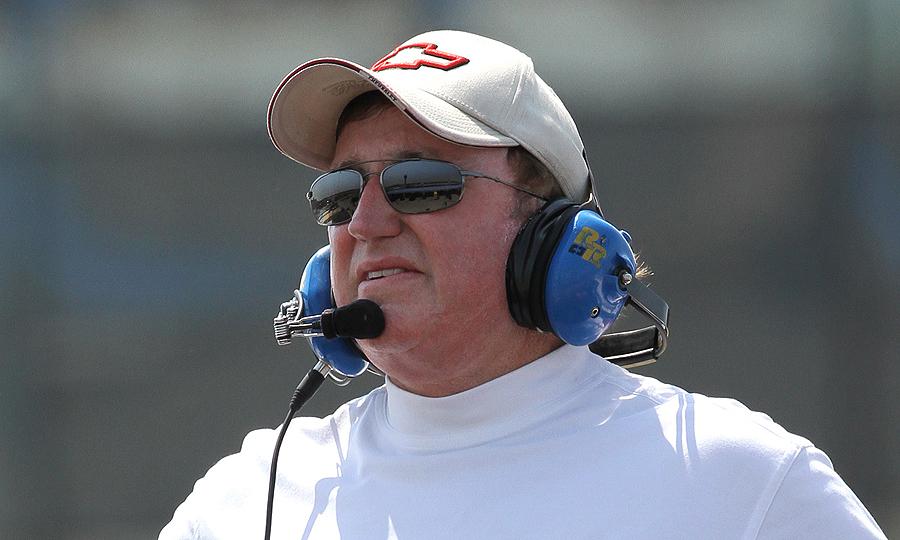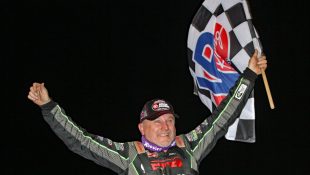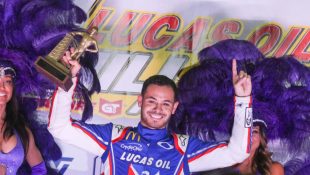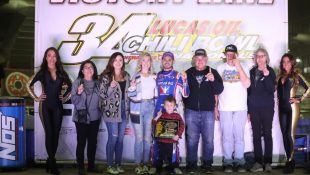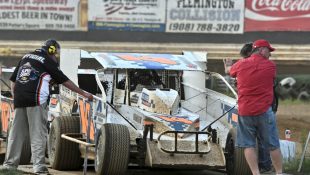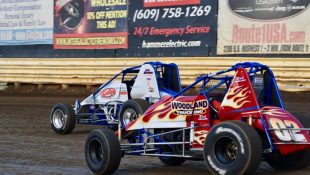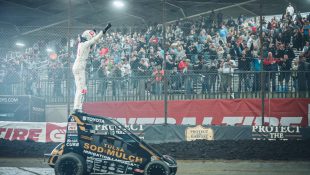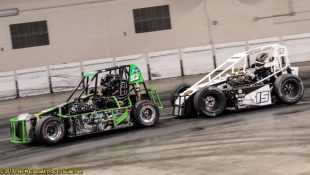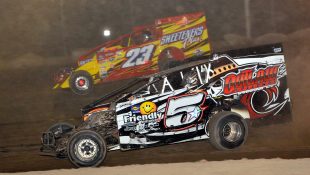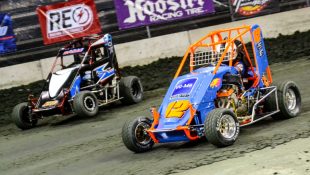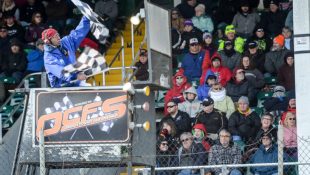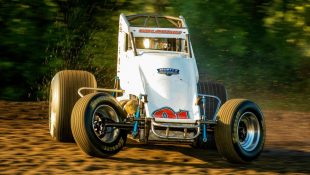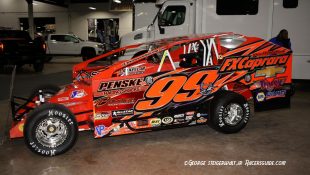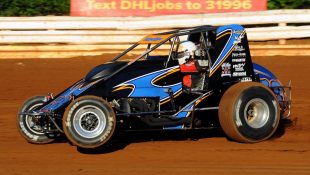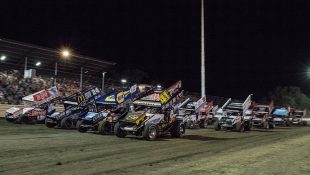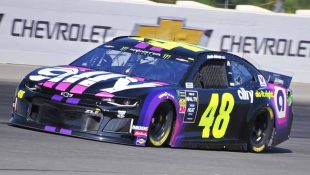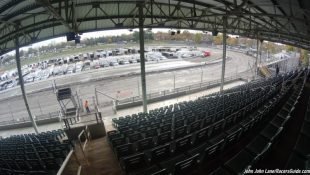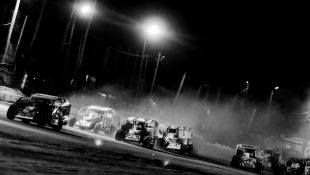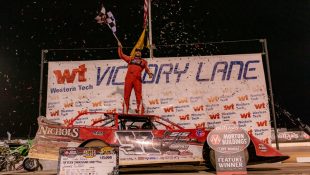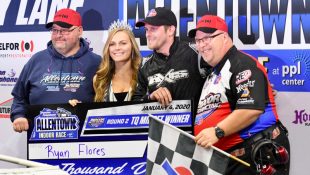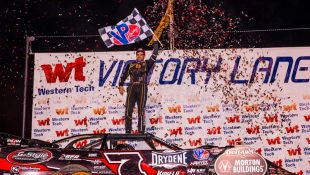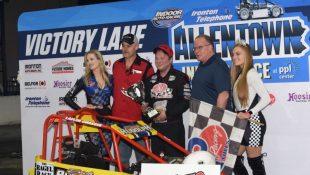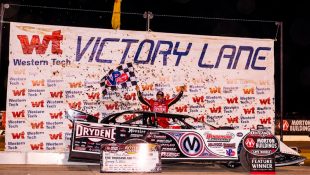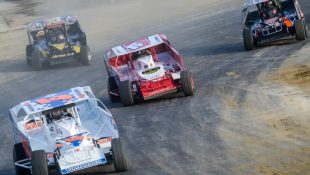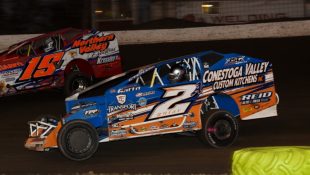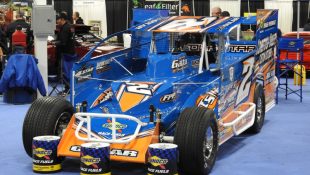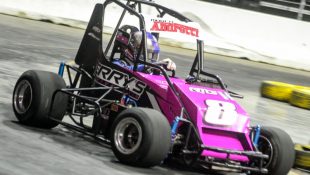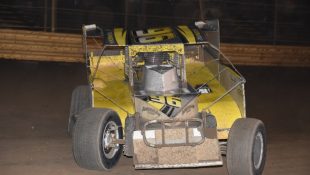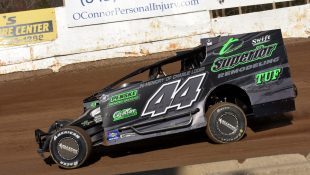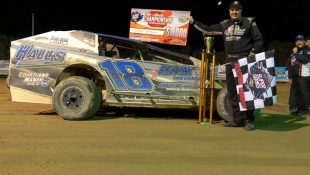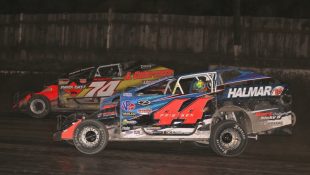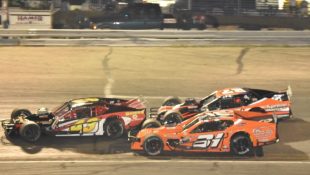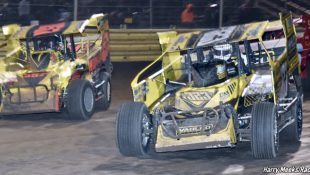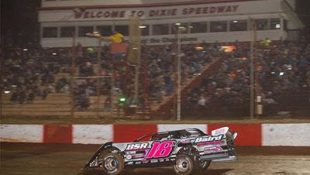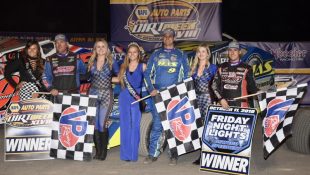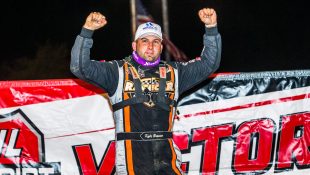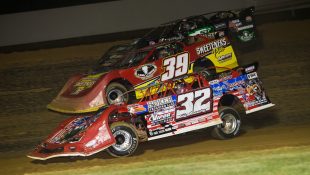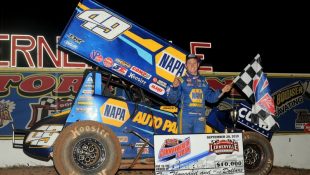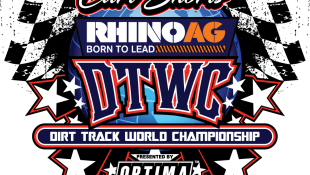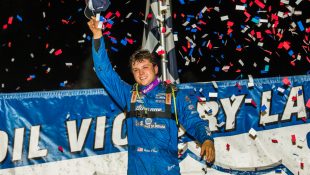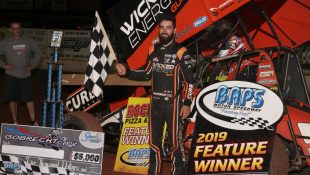A $20 car, a couple of great breaks and prolonged excellence sends Richard Childress to the NASCAR Hall of Fame
Story By: OWEN A. KEARNS / NASCAR WIRE SERVICE
Photos By: NASCAR PHOTO ARCHIVES / GETTY IMAES
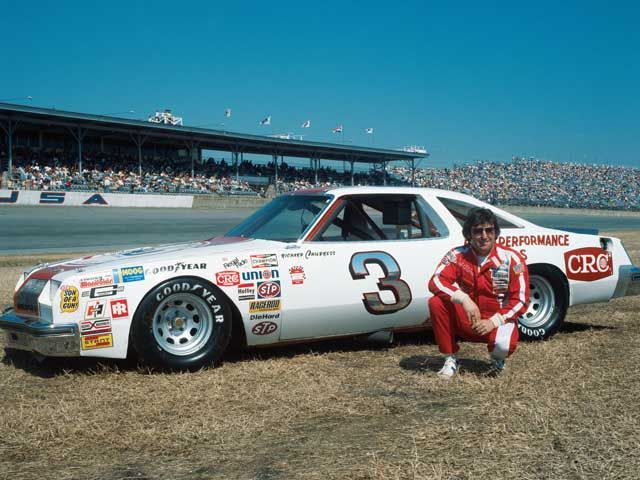 Charlotte NC.- January 7, 2017- NASCAR’s only driver strike, on the eve of the 1969 inaugural race at Talladega Superspeedway, gave Childress the opportunity to earn enough money to build his first race shop and lay the foundation for Richard Childress Racing, the powerhouse Chevrolet organization which to date has claimed 11 owner titles across NASCAR’s three national series.
Charlotte NC.- January 7, 2017- NASCAR’s only driver strike, on the eve of the 1969 inaugural race at Talladega Superspeedway, gave Childress the opportunity to earn enough money to build his first race shop and lay the foundation for Richard Childress Racing, the powerhouse Chevrolet organization which to date has claimed 11 owner titles across NASCAR’s three national series.
Nearly a decade later, the Winston-Salem, N.C. native met Dale Earnhardt. Together, the pair won six NASCAR premier series championships along with 67 races between 1984 and 2000.
Earnhardt entered the NASCAR Hall of Fame as a member of its 2010 inaugural class. Childress will be enshrined in the hall on Jan. 20 in Charlotte, N.C. (8 p.m. ET on NBCSN), along with Rick Hendrick, Mark Martin, Raymond Parks and Benny Parsons.
Childress, 71, grew up selling peanuts and popcorn at Winston-Salem’s legendary Bowman Gray Stadium.
Soon after, he bought a 1947 Plymouth for $20.
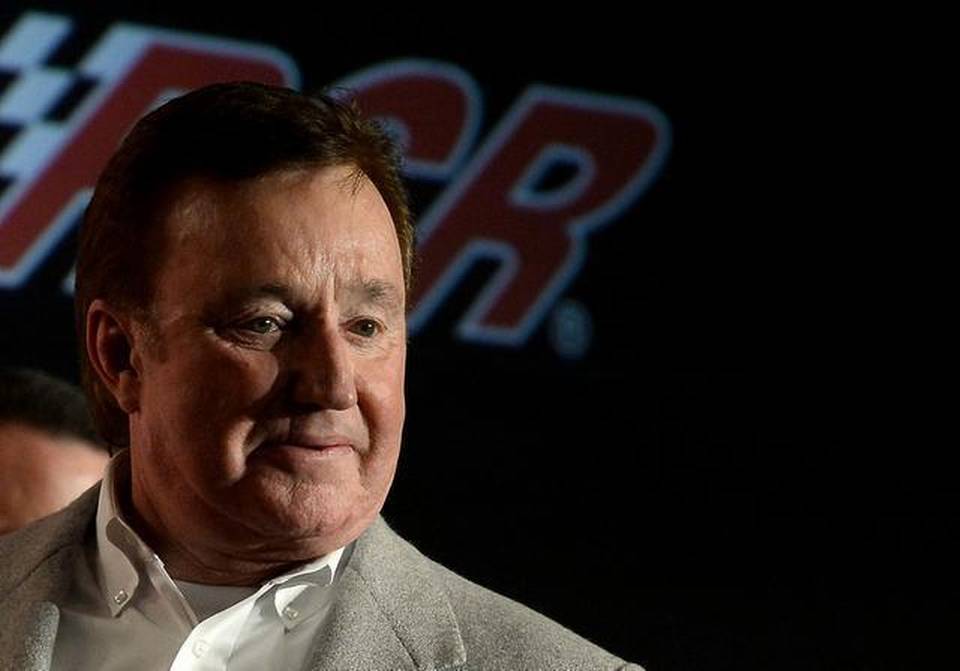 “That’s where it started,” he said in a Grainger.com interview. “It’s the best investment I ever made.”
“That’s where it started,” he said in a Grainger.com interview. “It’s the best investment I ever made.”
Top drivers – those with factory contracts – made a decent living while independents like Childress barely scraped by. He went to Talladega in the fall of 1969 to compete in a preliminary event but was asked by NASCAR founder Bill France Sr. to enter the Talladega 500 when Professional Driver Association members withdrew, citing high speeds and tire failures.
“I had made three or four thousand dollars on Saturday,” Childress told The Birmingham News in 2009. “The money that (France) paid us to run – we called it deal money in those days – plus my winnings, I came back with seven, eight, 10 thousand dollars. In those days it was big money.
“It was my big break. Life’s all about the breaks and when you take advantage of them. That was the difference between making it and not making it.”
Childress never won a race as a driver but was able to secure enough sponsorship to keep going. His equipment generally was immaculate and pleased supporters, who ultimately would provide much greater – and crucial – financial backing.
 Earnhardt, who’d won his first championship in 1980, chose not to accompany Rod Osterlund’s team upon its sale to J.D. Stacy. He joined Childress for 11 races, replacing the owner in the driver’s seat.
Earnhardt, who’d won his first championship in 1980, chose not to accompany Rod Osterlund’s team upon its sale to J.D. Stacy. He joined Childress for 11 races, replacing the owner in the driver’s seat.
“I didn’t want to get out of the car but I knew the opportunity was there – and I didn’t want to pass it up,” Childress told foxnews.com last year. “I knew Dale was a championship driver. That was one of the biggest breaks in the history of RCR and Richard Childress.
“I was maxxed out. I did everything I could do on my home. I sold everything I thought I had that I could sell just to run Dale in those (11) races.”
Earnhardt left to race for Bud Moore, and Childress – thanks to a bail-out from primary sponsor Wrangler jeans – was able to continue. With Ricky Rudd, RCR scored its first victory in June 1983 at Riverside (Calif.) International Raceway. Earnhardt returned to RCR the following season, capturing the team’s first premier series title in 1986. Additional championships followed in 1987, 1990-91 and 1993-94.
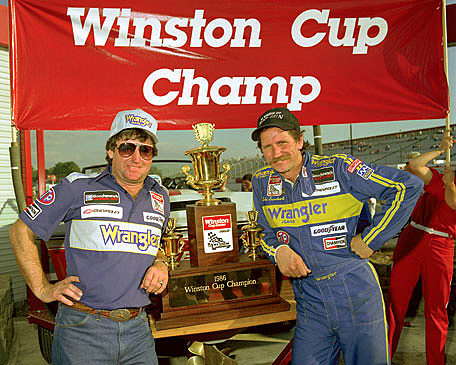 Longtime racing executive and Charlotte Motor Speedway promoter H.A. “Humpy” Wheeler credited Childress for molding Earnhardt into one of NASCAR’s greatest drivers. “In his own, quiet Southern way, Richard instilled in Dale all he knew,” Wheeler wrote in “Growing Up NASCAR.” “Richard knew what to say and when to say it and he knew how to get the best out of his driver. Richard was a brilliant, brilliant coach, something most drivers never get.”
Longtime racing executive and Charlotte Motor Speedway promoter H.A. “Humpy” Wheeler credited Childress for molding Earnhardt into one of NASCAR’s greatest drivers. “In his own, quiet Southern way, Richard instilled in Dale all he knew,” Wheeler wrote in “Growing Up NASCAR.” “Richard knew what to say and when to say it and he knew how to get the best out of his driver. Richard was a brilliant, brilliant coach, something most drivers never get.”
Earnhardt and Childress finally won the long-elusive Daytona 500 in 1998, three years before the driver’s death on the final lap of the “Great American Race.”
 Childress considered leaving the sport – “Probably all the way up until Tuesday. Sunday night, definitely,” he said – but recalled a hunting incident after which he and Earnhardt agreed each would go on if something happened to the other.
Childress considered leaving the sport – “Probably all the way up until Tuesday. Sunday night, definitely,” he said – but recalled a hunting incident after which he and Earnhardt agreed each would go on if something happened to the other.
RCR promoted its NASCAR XFINITY Series driver Kevin Harvick to drive its Chevrolets – retiring the iconic No. 3 in deference to the late Intimidator. Childress returned the number to its cars several years ago when his grandson, Austin Dillon, moved to the Monster Energy NASCAR Cup Series after winning NASCAR Camping World Truck and XFINITY titles.
To date, RCR has won 105 NASCAR premier series races. The organization counts four XFINITY owner titles and the inaugural NASCAR Camping World Truck Series owner championship in 1995 with Mike Skinner. RCR also captured the XFINITY Series driver championship in 2013 and the Camping World Truck Series driver title in 2011, both with Austin Dillon.
Childress, recipient of the 1986 Bill France Award of Excellence, is a member of the Motorsports Hall of Fame of America, International Motorsports Hall of Fame and North Carolina Sports Hall of Fame.

